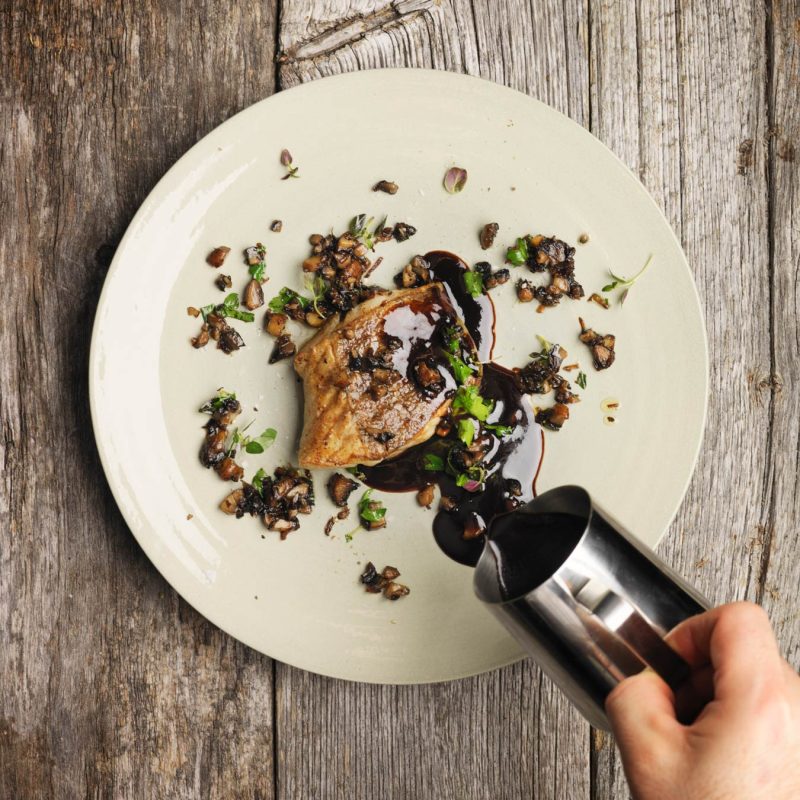This particular Jack is actually a Jill. Or, to be more precise, an Anna-Stina
She grew up in the village of Lögås, on the mainland, with her mother and three half-brothers. At 21, she married Karl-Erik, a tailor’s son who was 13 years her senior. They had three children: Christer, Olle and Kerstin.
Anna-Stina and Karl-Erik made their home in the Grundsund building now known as Lindgrens hus i Krögen (Lindgren’s house on the bend), which now houses a café and b&b, but is perhaps best known as the tobacconist in Saltön, the popular Swedish TV-series that was filmed on our island.
During the 50s, the Lindgren family’s two businesses – a dairy and a taxi firm – kept Anna-Stina very busy indeed. She manned the tills and phone lines until she old enough to take a driving test. After that, she was always on the road. Often in and out of different cars, Anna-Stina needed a safe place to keep her driver’s licence and found the perfect spot in her bra.
Outside of work, Skaftö’s first female taxi driver loved nothing more than cooking and baking, but as passengers took priority over food, she often had to prepare meals in advance and nip back to finish them between driving gigs. For the most part, this tactic worked well, but it soon became apparent that bread doughs have a tendency to spill out across kitchen counters if they’re not knocked back in time.
Anna-Stina loved driving and she rarely took her foot off the accelerator. One time, while driving a heart attack victim to the hospital in Uddevalla, she overtook another car at such speed that she failed to notice she’d raced past a police car. The officers followed her all the way to A&E, ready to slap a hefty fine on the ‘reckless driver’, but when it turned out she’d saved the passenger by getting him to hospital so quickly, they let her go without charge.
When the taxi business was sold in 1978, Anna-Stina swapped her cab for a Post Office van. Always on the road, she was a colourful and fast-paced woman that we at Slipens have a lot in common with.
Just like her, we love a speedy service and get our kicks from sharing good food with the people around us, but we’ll stick to storing driver’s licences in our wallets.
